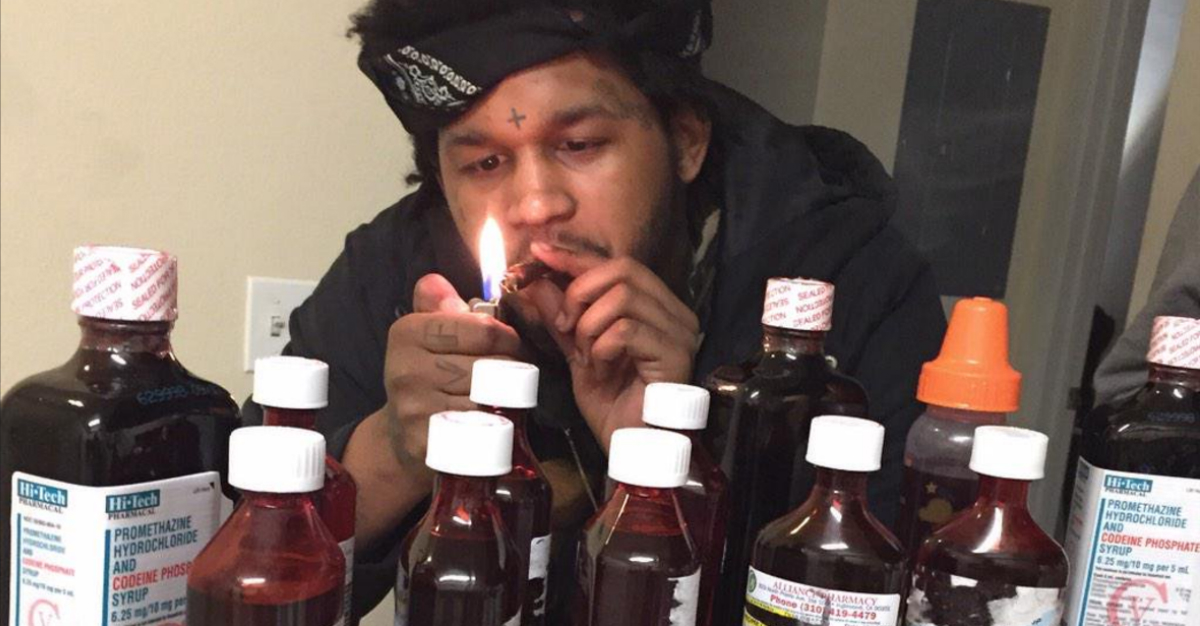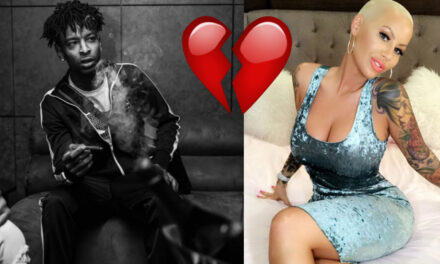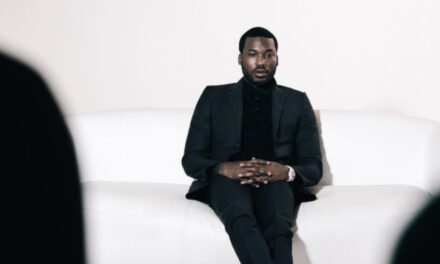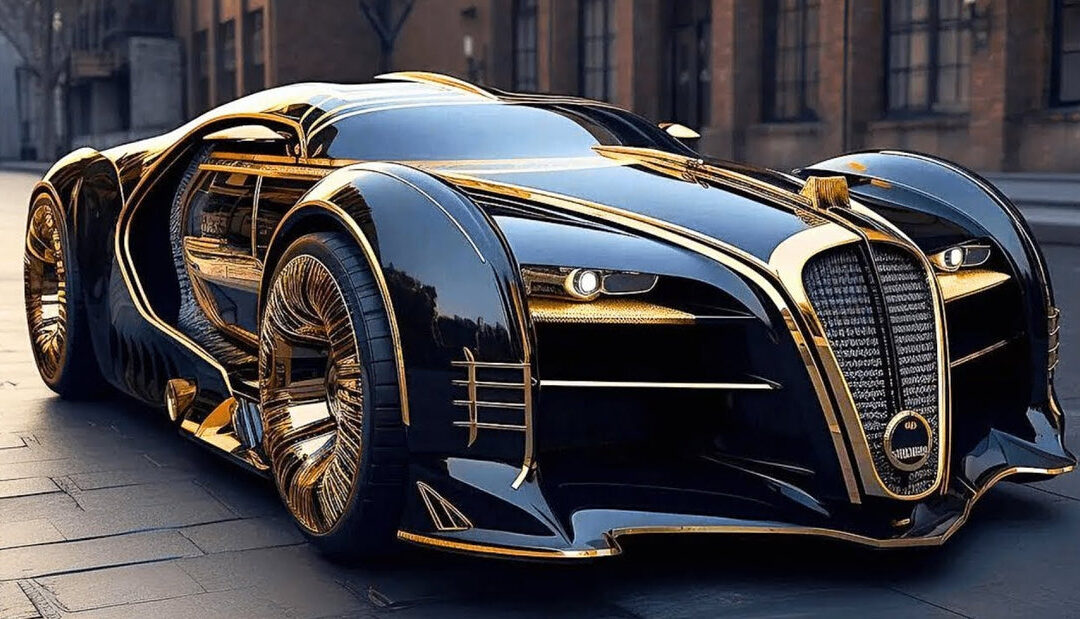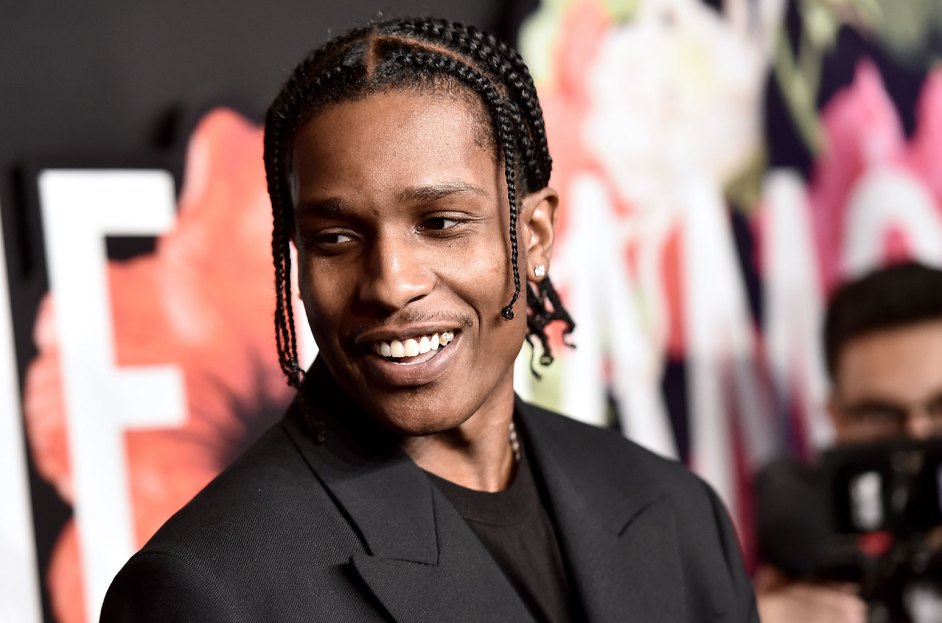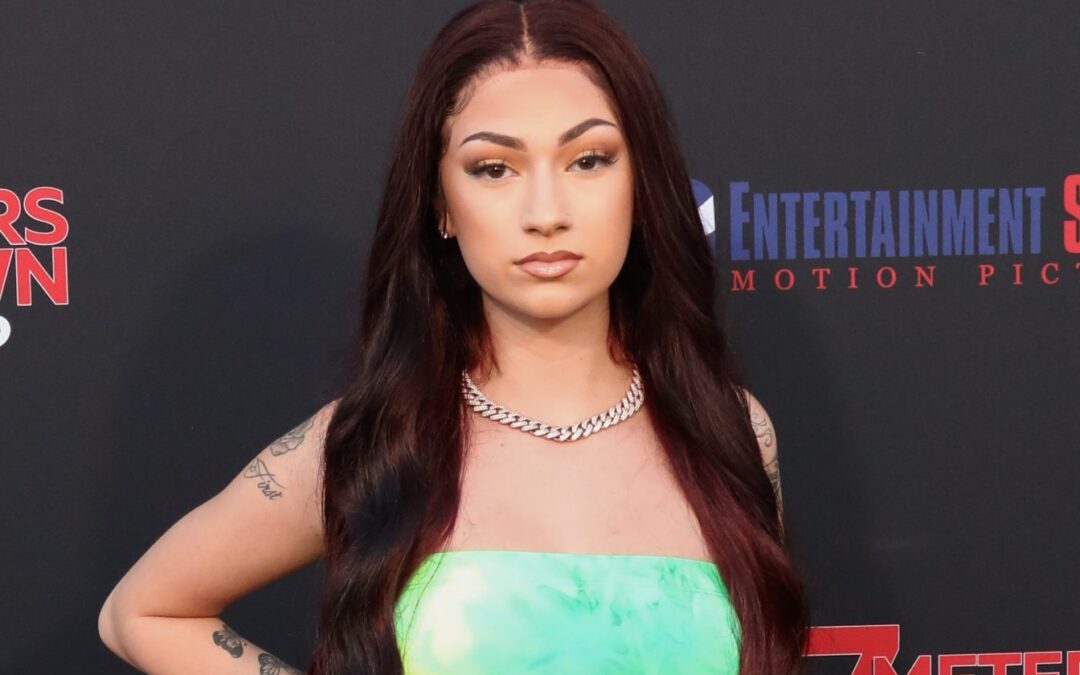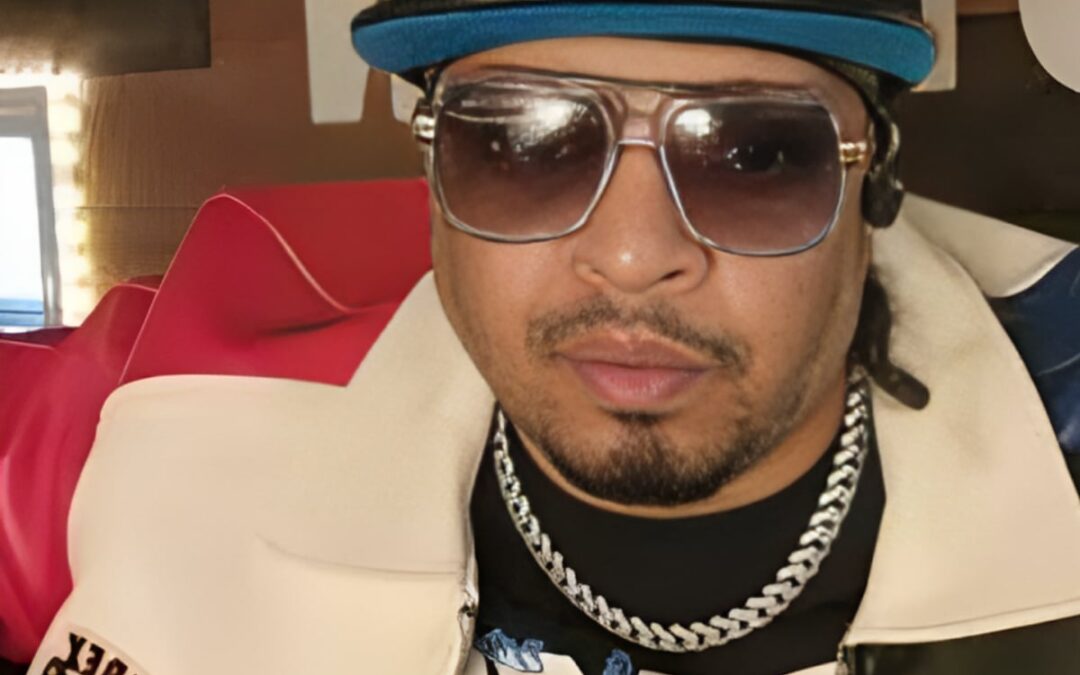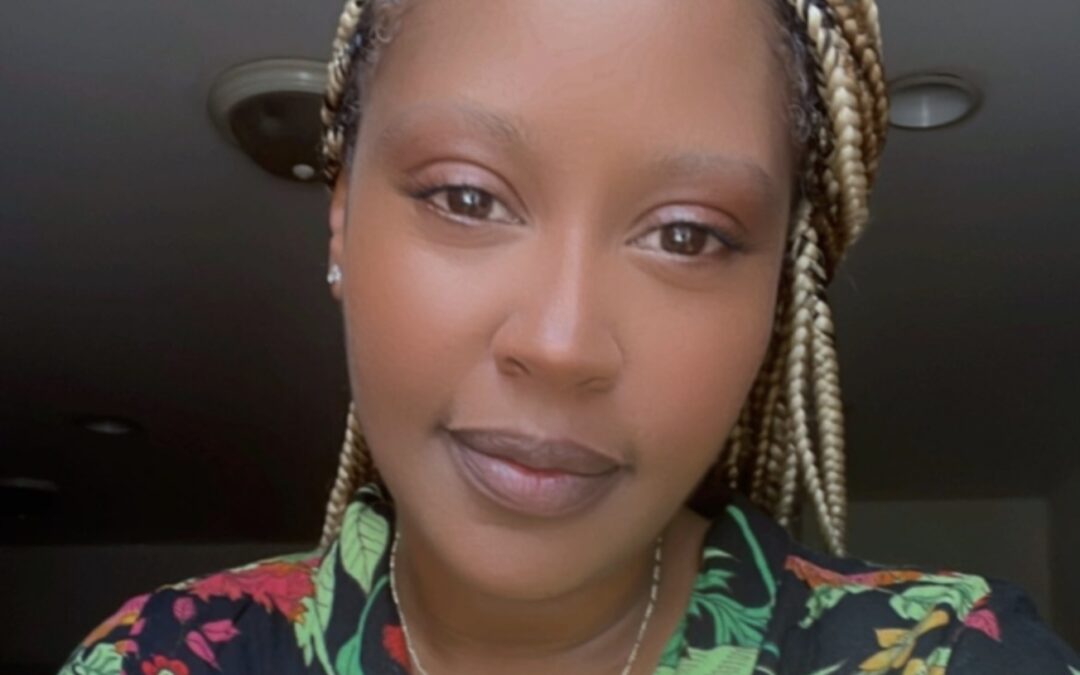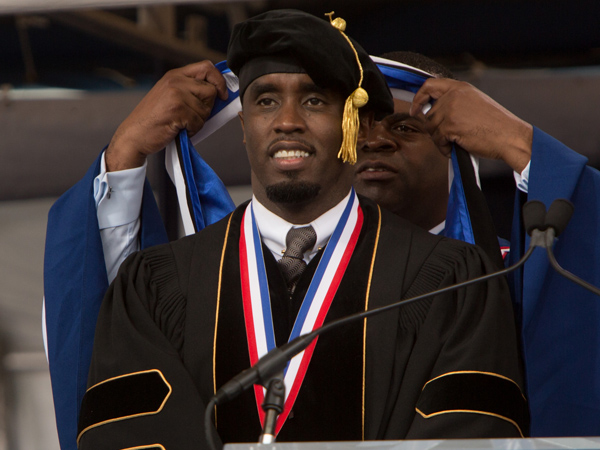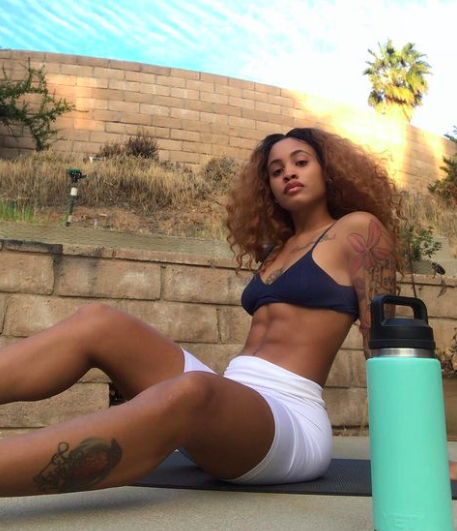[introImage id=151534 caption=”Source: Instagram @lilpeep”]
The world of drugs has changed a lot in the past couple decades. Weed has become increasingly potent, cough syrup has become popularized as a recreational substance, and prescription meds are being popped like vitamins among children and adults alike, both with and without prescriptions. Marijuana legalization is sweeping the nation, drinking rates are on the rise, and America’s opioid crisis has been declared a public health emergency by the current administration.
As the country has grappled with its vices and addictions over the decades, the effects of the fight have been highly visible in the world of hip-hop. One of the factors that has made the growing prevalence of drug culture so noticeable in hip-hop, is the fact that drug use was rarely glamorized in the early days of hip-hop.
[ad type=”dd1″]
In fact, hip-hop was originally celebrated as a wholesome and positive art form that uplifted its followers in the midst of the ills of the streets. This is illustrated by the rise of New York’s DJ Kool Herc, as one of the pioneering forefathers of hip-hop. DJ Kool Herc helped bring about the genre by adapting Hard Funk records to elongate the instrumental portion of the songs which would eventually be the platform of rapping. In the beginning, Herc used these beat breaks to help lead dancers in the clubs, who he called “break-boys” and “break-girls,” eventually shortened to B-boys and B-girls. Along with creating a new style of music on the disco scene, it helped create an alternative to the gang culture that proliferated in The Bronx in the mid-70s. In effect, hip-hop at this time, was a direct resistance to many of the issues drug culture brought about.
DJ Kool Herc’s style inspired the likes of other early hip-hop legends like Grandmaster Flash and Afrika Bambaataa. When Afrika Bambaataa started deejaying, he used his high-ranking position in the Black Spades gang to reform a portion of it into what came to be known as the Universal Zulu Nation, a hip-hop organization that advocates for peace, love, unity, and respect, among other tenants. These developments in hip-hop, like so many others that could be mentioned, set the stage of what would be remembered as the Golden Age of hip-hop.
[introImage id=151535 caption=”Credit: Neilson Barnard/Getty Images”]
The Golden Age is generally understood to have run from the mid-80s to the early 90s (although the exact dates remain a topic of debate) and was comprised of hip-hop artists like Rakim, Kool G Rap, and Big Daddy Kane. As lyricism started to evolve, afrocentricity and political consciousness were central themes that became highly prevalent in lyrical content (e.g. Rakim and Chuck D). As the Golden Age faded out, conscious lyricism began to hold less importance as Gangsta Rap began to emerge as the dominant style of hip-hop. While groups like NWA and Public Enemy were able to find a balance between the old and the new styles, hip-hop was undeniably becoming acclimated to discussions of hustles such as drug dealing, along with topics like gun violence and survival mentality.
The styles of Biggie and 2pac exemplified how these changes played out in the 90s. 2pac’s rap career was firmly established before people really knew Biggie’s name. 2pac even acted as a mentor to Biggie, helping him get his footing in the industry in his early days. 2pac took influences from the old school to integrate conscious lyricism into a realistic, even proud approach to being a gangster. However, Biggie’s style embraced the world of vice that was present in hip-hop, and even glorified it to a degree with tracks like “Ten Crack Commandments.” The traditional afrocentric and political themes of the earlier generation were basically absent from the majority of his repertoire, or at least heavily adapted to fit his thug persona.
As each new generation is influenced by the last, 2000s rap was heavily characterized by street mentality, and the drug dealing and usage that had become increasingly prevalent in the mainstream over the years became accepted as standard. In this period, rappers like T.I. and Gucci Mane pioneered trap music, a subgenre that is named after a term to describe a house or location dedicated to drug deals. Gucci’s 2005 debut album was even named Trap House. In the 2000s, drug culture in hip-hop had incubated long enough for drug habits to become widespread throughout the lives of the great rappers of the decade. As drug use became steadily normalized in the hip-hop community, the dark side of drug addiction was pushed behind the curtain. Just like how sex sells, so did drug talk. Even 50 Cent, who frequently talks about smoking and drinking in his music, has gone on the record to state that he doesn’t do drugs and is not a fan of drinking. At this point in the game, criticizing the very element of rap that was facilitating success for so many artists (both on the streets and in the booth) was somewhat of a taboo, especially considering the show-no-weakness mentality that pervades the culture. However, it should be noted that it was more of a trend and less of a rule, as rapper DMX has been outspoken with his drug problem, particularly with crack and cocaine, in his music, illustrated by his track “Slippin’.”
[ad type=”ad1″]
After the 2000s era was well underway, the drug habits of hip-hop artists started catching up with them, and it was rarely a bit of weed or alcohol that was the problem. Opiates and opioids plagued the lives of many rap stars of the 2000s. For example, Eminem got hooked on vicodin and ambien at one point in his career, and started popping prescription pills indiscriminately as his problem spiraled out of control. In 2005, he was rushed to the hospital in critical condition as his organs were beginning to shut down from drug abuse, and his European tour was cancelled because of it. After relapsing, then finally deciding to get sober, Em described the challenges of getting back to normal life:
”Coming off everything, I literally was up 24 hours a day for three weeks straight. And I mean, not sleeping, not even nodding off for a f—–g minute. I had to regain motor skills, I had to regain talking skills. It’s been a learning process, I’m growing. I couldn’t believe that anybody could be naturally happy without being on something. So I would say to anybody ‘It does get better.'”
The pioneers of trap music were no exceptions, either. T.I. became addicted to the painkillers oxycontin and hydrocodone after a series of major dental surgeries, and started mixing them with alcohol as he abused them. As for Gucci Mane, he was smoking copious amounts of marijuana and spending nearly $500 on lean daily at the peak of his addiction, and it took him getting locked up to seriously kick his habit.
In the same era, other rappers were seriously addicted to lean as well. Lil Wayne was one of the most infamous lean sippers of the 2000s, but eventually made the decision to stop once it was threatening his health. In a 2013 interview with Katie Couric, Wayne describes how it took both his mother’s and doctor’s urging for him to quit lean for good. Lil Boosie has opened up about his lean addiction as well, describing the seriousness of lean addiction on a VladTV interview in 2017.
[ad type=”ad2″]
Interestingly enough, many of the rappers who experienced stardom in the 2000s, that have been addicted to these kinds of substances, hadn’t openly talked about their struggles with addiction until the decade after. Even with the lean related deaths of prominent artists like Pimp C and DJ Screw in 2000 and 2007 respectively, the discussion of their passing wasn’t enough to spark any real change, until surviving artists were forced to face their own demons. Still, even with major artists changing their ways, the inertia of the 2000s hip-hop drug culture carried on to influence a new generation of rappers popping up on the scene in the 2010s.
Rappers like Future and Young Thug exemplify how this new generation of hip-hop focuses on drug culture on an unprecedented level. It seems as though all of their studio albums and many of their hits pertain to drugs in some way, and at this point, it’s to be expected. Future himself has even attested to the popularity of drug talk in rap, as he stated in an interview that he isn’t drugged out or an addict, despite what his music may lead some of his audience to believe. Instead, he says that he raps about drugs because it’s “the number one thing everybody likes to talk about. It’s a catch.” While some of the prevalence of drug culture in this age is undeniably due to influence from past generations of rap, changes in American drug culture at large are likely to have influenced hip-hop as well.
At the same time that hip-hop was in its infancy in the 70s, opioids like Vicodin and Percocet were just being released to the public. Two decades later, drugs like OxyContin and Actiq, a fentanyl-based drug, were introduced as medication. By this time, an overprescription of medication had become a trend in the pharmaceutical industry, and the risk of developing an addiction to the drugs was swept under the rug by pharmaceutical companies like Purdue Pharma. By 2015, opioid-related overdose deaths were around 670,000 per year, up nearly double from the 2002 figure of 380,000 annual opioid-related overdose deaths. According to the Center for Disease Control, opioid overdoses increased by a whopping 30% over 14 months between 2016 and 2017. The current opioid crisis extends beyond lean, too. Hospital visits that involved codeine-based cough syrup went up 286% between 2004 and 2014. In 2014, pharmaceutical brand Actavis actually discontinued their promethazine with codeine cough syrup medication due to how popular the abuse of it was. The problems aren’t limited to opioids, either. ADHD is a mental disorder that is recognized to be increasingly overdiagnosed (and overmedicated) in children over the years. From 2003 to 2011, prevalence of ADHD increased by a whopping 35%. Additionally, abuse of ADHD medication has become a growing issue on college campuses across the U.S. These instances are just a few of the countless details that help to illustrate how drugs have become increasingly prevalent in not just hip-hop, but American society as a whole.
Although drug-influenced hip-hop has arguably been at its peak in the last few years, an active resistance to the ills of drug abuse can be seen steadily trending in the hip-hop community. One of the biggest facilitators of this shift came in the form of Lil Peep’s death. Lil Peep was an artist who died of a Xanax and fentanyl overdose at the age of 21, while he was on tour. His death was felt throughout the hip-hop community at a time when Xanax, among other drugs, have posed an increasingly serious threat to the lives and lifestyles of both artists and fans. Lil Uzi Vert actually changed his profile picture on Twitter to a picture of Lil Peep after his death, and implied through a tweet that he was getting off Xanax.
Sober 2 day I have been shaking.
I have been cursing my love ones out and fighting
In the studio with no thoughts in my head
Teeth biting down because I just wanna be angry at something ……
maybe I will just smoke weed tonight ;;;; ®
— Uzi London ☄️ ® (@LILUZIVERT) November 17, 2017
The push against Xanax didn’t stop at just Lil Uzi’s efforts. Lil Pump, the poster child of the new wave drug-influenced rap, and one of the youngest rappers on the scene to reach commercial stardom, announced at the beginning of 2018 that he’s quitting Xanax. On the same day, Pump’s friend and frequent collaborator Smokepurpp tweeted, “we leaving Xanax in 2017.” Ironically, even rapper Lil Xan has been an outspoken advocate of leaving the drug alone after having a prolonged struggle with Xanax in his past.
we leaving Xanax in 2017.
— PURPP (@smokepurpp) January 1, 2018
Aside from Xanax, a lot of rappers are making the move to drop lean as well. Popular Chicago rapper, Fredo Santana, died in early 2018, which may have been a wake-up call for some in the hip-hop community. Santana had openly talked about his lean addiction and the toll it took on his body before passing away, and it’s widely speculated that drugs played a large role in his death. DJ Mustard responded to the news by pouring out the rest of his own bottle of cough syrup and recording it on video. Famous Dex and Mozzy have also recently let their audiences know that they are ready to drop the syrup for good.
The push for sobriety hasn’t just stopped at hard drugs. Joey Bada$$ made a post in early 2018 declaring that he has stopped smoking weed and become more focused on his career. In an Instagram post, Joey said that he’s been smoking basically every day since he was 16. Now, he says that until he gets his multi-million dollar villa, weed smoke will only serve as incense to him while his homies smoke around him.
As sobriety becomes increasingly popular in hip-hop, so too has its willingness to accept music that deals with dark thoughts and emotions that others may have been trying to supress with drugs. Not that this style of hip-hop is anything new, but the meteoric rise of XXXTentacion’s career and huge success of his 17 album may be proof that the next generation of listeners is willing to openly accept music that deals with topics like depression and mental health issues. This can be evidenced further by Lil Peep’s popularity, as well. Even though a lot of his music involves drugs in some way, he doesn’t shy away from approaching the heavier topics on his tracks. This trend even extends into music like NBA YoungBoy’s, too; His thug aesthetic doesn’t exclude more sensitive and personal topics from surfacing in his raps.
The influence of drugs in hip-hop is unlikely to fade any time soon, but perhaps the next generation will pick up on the gravity of drug addiction as major figures in hip-hop continue to step out one-by-one to kick their habits. Hip-hop is constantly evolving, and these are just some of the factors at play that will help shape the genre and culture in years to come. In the future, drugs don’t have to be demonized nor does sobriety need to be put on a pedestal for hip-hop to thrive. Instead, hip-hop would do well to struggle towards a place of honesty, where artists are free to be true to themselves.

